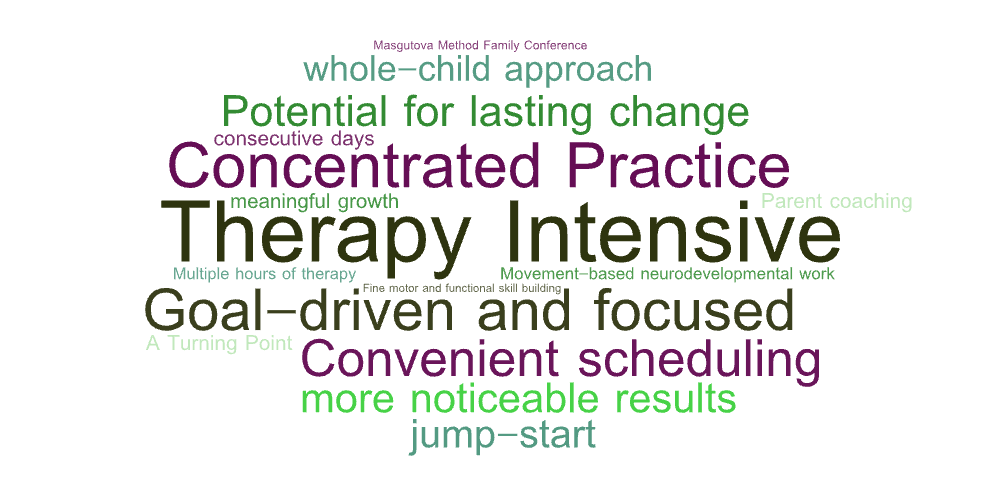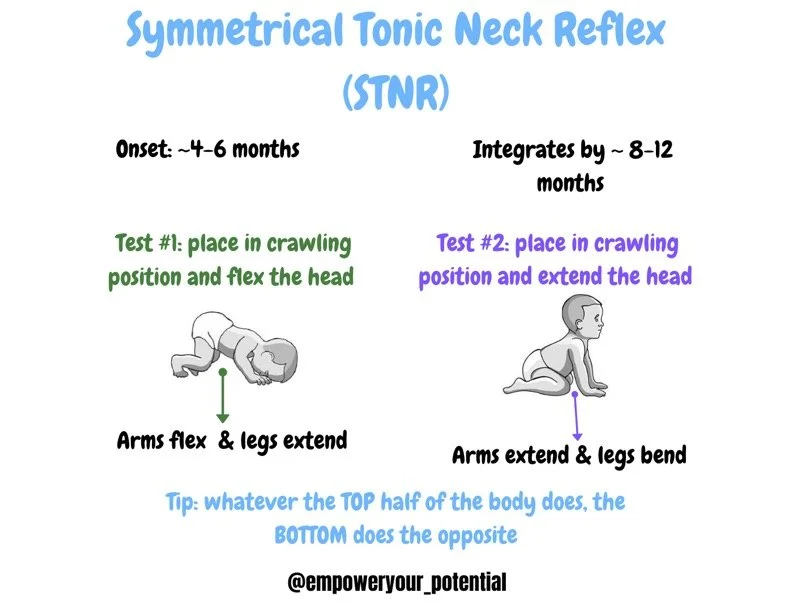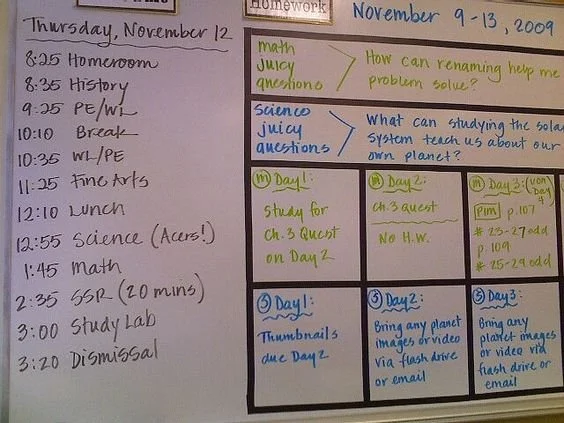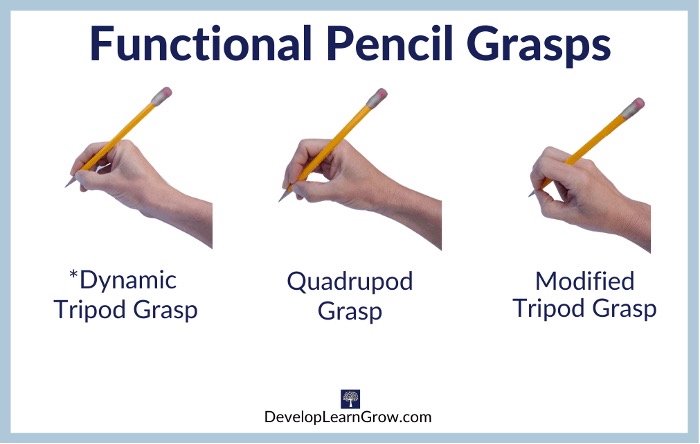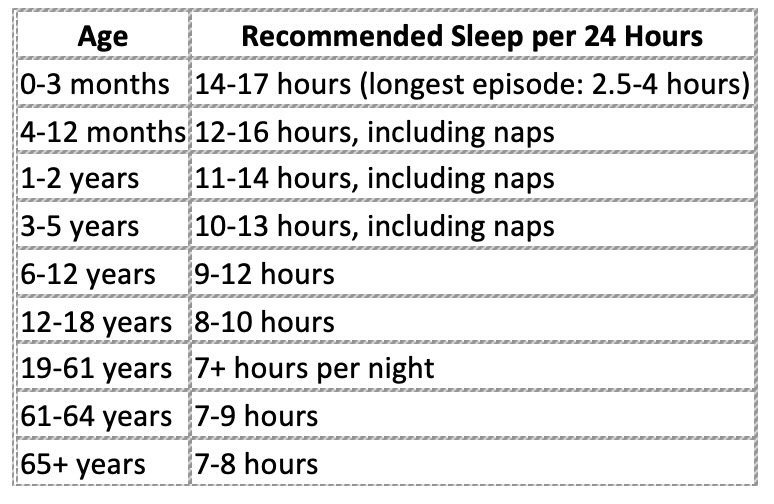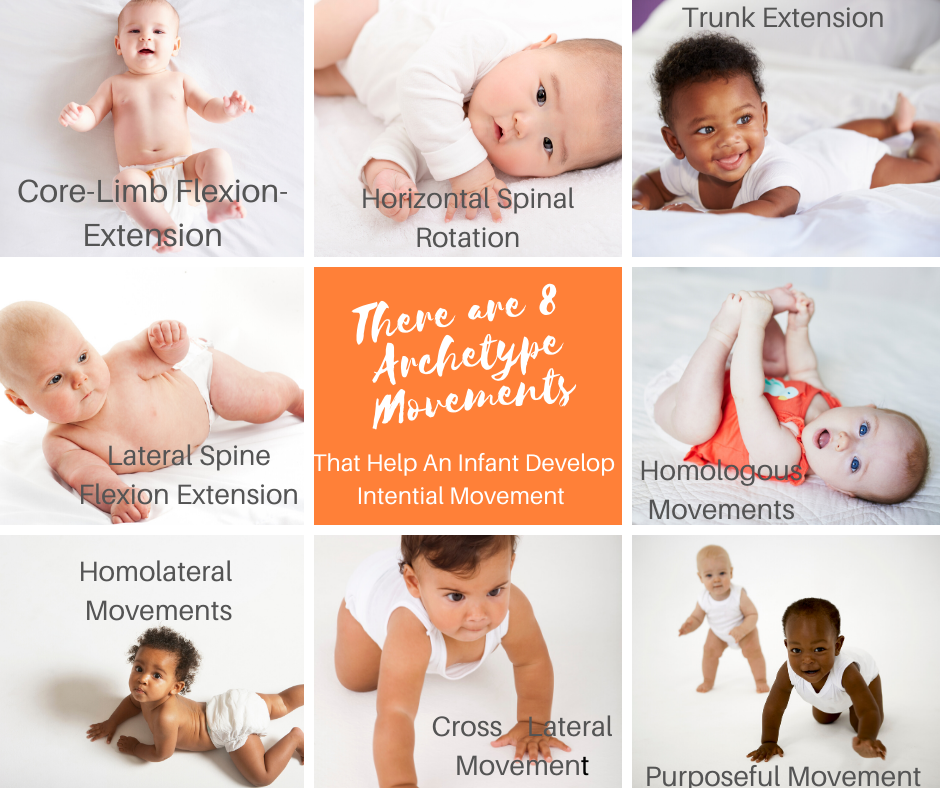What if a few focused days could create the kind of breakthrough that months of therapy only begin to touch? Therapy intensives are not just more therapy packed into less time—they are immersive, life-changing experiences rooted in science, compassion, and purpose. At Peppler Occupational Therapy, we believe true growth begins when we nurture current capabilities while daring to believe in something greater. Our intensives are designed to build strong neurologic foundations that unlock independence, resilience, and joy—especially for children with neurodiversity or developmental delays. Here, faith meets neuroscience, and creativity sparks transformation, allowing families to shift from surviving to thriving.
What is a Therapy Intensive?
A therapy intensive is a focused and immersive therapeutic experience that typically takes place over several consecutive days or weeks. Unlike traditional weekly therapy, which offers gradual progress, intensives accelerate the process by offering multiple sessions per day, allowing the brain and body to fully engage in a rhythm of learning, practicing, integrating, and resting. This immersive format creates momentum—giving children and their families a concentrated window of time for breakthroughs that may otherwise take months to achieve.
Rather than simply “more of the same,” our intensives are designed with intention and purpose. Each plan is customized to your child’s nervous system, developmental profile, and goals. We blend the latest neuroscience with play-based, compassionate care—creating an environment where joy, safety, and transformation meet. Every activity is aimed at improving core neurological functions like balance, coordination, regulation, motor planning, and sensory processing—all foundational for thriving in school, relationships, and daily life.
Intensive sessions can offer:
Alternative to traditional therapy: offering longer sessions over a shorter time frame. At Peppler Occupational Therapy an intensive can be 3-5 hours long, and scheduled over several days for maximum impact.
Goal-driven and focused: they are designed to provide more in-depth and focused approach to therapy, allowing for a deeper dive into specific reflexes or by using a variety of neuro-foundational tools.
Concentrated Practice: they allow for concentrated practice of specific skills and quicker progress in achieving developmental milestones.
Convenient scheduling: For those with busy schedules, or those who live farther from the Peppler OT office, intensives can be a more convenient option than attending weekly sessions.
May be a good starting point: Intensives can be a good way to jumpstart therapy or to address specific issues before starting weekly therapy sessions.
Who Can Benefit from a Therapy Intensive?
Therapy intensives are ideal for children with neurodevelopmental delays, sensory processing challenges, motor coordination issues, emotional regulation struggles, and those with diagnoses such as Autism, ADHD, Cerebral Palsy, or genetic conditions. They're also a great fit for families who:
Have hit a plateau in traditional therapy
Are seeking a jump-start before a school year or life transition
Travel from out of town and need concentrated services
Desire quicker, more noticeable results
Want a whole-child approach that integrates movement, play, connection, and nervous system regulation
Even for children without formal diagnoses, intensives can offer meaningful growth in attention, confidence, motor skills, and daily functioning. Parents often say they witness not only skill gains, but a renewed sense of hope.
What to expect during an intensive:
Each therapy intensive begins with a comprehensive intake process—gathering your child's history, strengths, challenges, and priorities. From there, we craft a tailored plan that aligns with your child’s developmental level and nervous system needs.
Multiple hours of therapy: Intensives typically involve multiple hours of therapy in a given day, and can be scheduled over one or more days. But don’t worry, we take breaks, fuel up on snacks and drink lots of water along the way.
Personalized approach: I work with you to develop a plan that meets your specific needs, we are flexible within that time to move to more restorative work if the intensity becomes too much.
Potential for lasting change: The focused nature of intensives can create a space for lasting change, especially when you build those hours up over several days!
Collaboration: It's important that we work closely and communicate clearly before and during the intensive. Your goals, how you see your/ your child’s body responding, and taking time to answer any questions is important to getting the most out of an intensive.
Realistic Expectations: While intensive therapy can be very effective, it's important to have realistic expectations and understand that progress may vary.
Consider your/your child's needs: Not all individuals will benefit from intensive therapy. It's important to carefully consider the specific needs and goals before pursuing an intensive program.
A typical day may include:
Movement-based neurodevelopmental work to organize and strengthen foundational reflexes
Sensorimotor play to support regulation, coordination, and body awareness
Fine motor and functional skill building through meaningful, playful tasks
Parent coaching to empower carryover at home and school
Quiet integration time to support neural consolidation and emotional safety
And while intensives are hard work, they are also filled with laughter, creativity, and genuine connection. We believe that joy is therapeutic—and that transformation doesn’t have to feel clinical or overwhelming.
More Than Therapy—A Turning Point
At Peppler Occupational Therapy, we approach intensives not as a quick fix, but as a powerful turning point. Grounded in faith, guided by wisdom, and delivered with creativity and nurturing, our goal is to meet your child where they are—and give them the tools and support they need to grow.
Whether you're looking for a reset, a leap forward, or a new approach, therapy intensives offer a unique opportunity to move from frustration to flourishing. You don’t have to keep waiting and wondering. Let’s partner to unlock the next chapter of your child’s journey—together.
Masgutova Method Family Conference
For those looking for an even more in-depth experience of the Masgutova Method – consider one of the Family Education Conferences. Held throughout the United States (and internationally!) these multi day conferences provide 6 hours of MNRI techniques for your child during each scheduled conference day with a Certified MNRI specialist. Each day is split into six 50-minute sessions; each session focusing on MNRI® techniques related to one of Dr. Masgutova's many-core program courses such as: Reflex Repatterning, NeuroTactile Integration, Neurostructural Integration, Archetype Movements Integration, and Oral-Facial / Visual Auditory Integration and often a specialized session for Proprioception/Cognition, Breathing or Immunology.
These conferences are not just therapeutic—they’re transformational. The immersive format allows for deep nervous system engagement, while families gain hands-on tools, insight, and support that can be carried into daily life. Parents and caregivers are invited to observe, learn, and connect with others walking a similar path—fostering both knowledge and community. Whether your child is new to MNRI or has been working with the method for years, the Family Education Conference offers a unique opportunity to build momentum, deepen healing, and strengthen the vital connections between brain, body, and heart.


